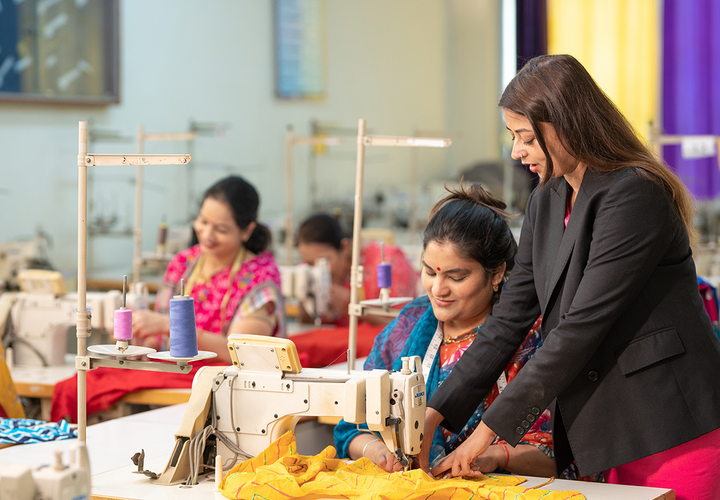Key Results
-
Compared to policies that reduce the constraints to firm entry, policies that support the growth of women-owned businesses can have a far greater impact.
-
Female entrepreneurs employ more female workers, so increasing female entrepreneurship has a ‘multiplier effect’ on female labor force participation (FLFP): as more women become entrepreneurs, even more women enter the labor force.
-
Supporting women entrepreneurs can also drive low-productivity male entrepreneurs out of business, improving the allocation of resources and talent in the economy and thus, aggregate productivity and income.
